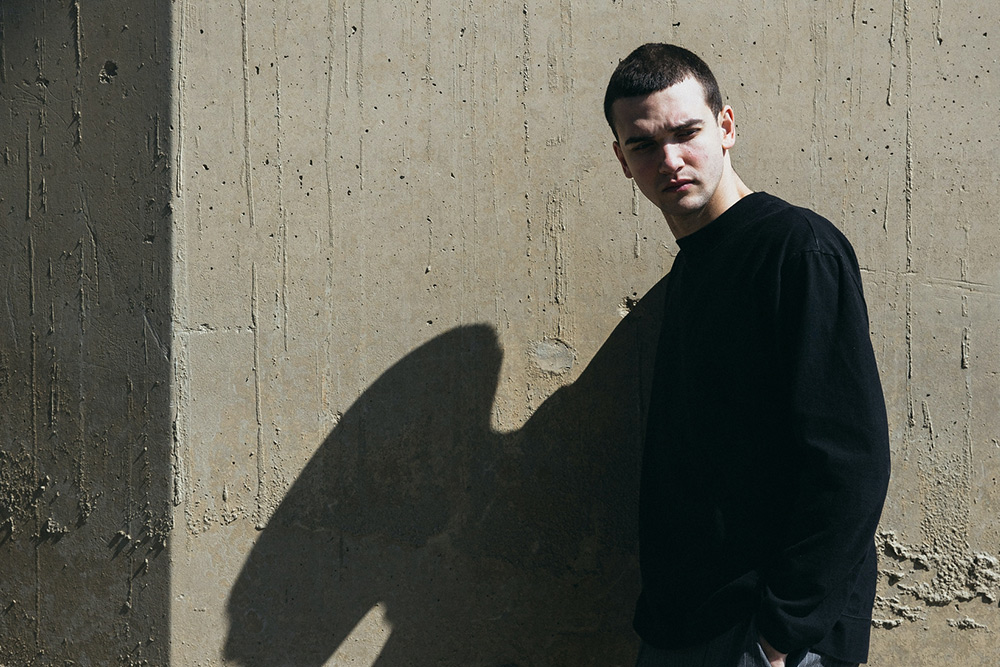Shadow work is a type of Jungian therapy that helps you become aware of your unconscious thoughts and feelings. Carl Jung was a Swiss psychiatrist who founded Jungian psychology. He believed that we all have a shadow side, which is the part of ourselves that we try to hide from others. The shadow contains our repressed emotions and desires, as well as our fears and weaknesses.
Jung believed that by bringing these aspects of ourselves into the light, we can become whole and integrated. In this blog post, I will discuss what shadow work is, how to do it, and the benefits you can expect from it.
What Is the Shadow?
The shadow in Jungian psychology is an unconscious aspect of the personality that is not integrated with the rest of the psyche. The shadow is often negative (thoughts, feelings, or impulses that are unacknowledged or disapproved of), but can also be positive (potentialities that are undeveloped or unrealized).
Your shadow contains all the things that you didn’t want people to know about yourself.
It might include emotions, memories, perceptions, and parts of the self that you have disowned or do not identify with. The shadow is usually represented by a person in your life who irritates you. We often project our own unacceptable thoughts and feelings onto this person, so that we don’t have to deal with them ourselves.
How to Do Shadow Work
People who delve into shadow work on their own should be aware that it can be difficult to recognize and accept parts of ourselves that we don’t like. It can be helpful to have a therapist or trusted friend to help you navigate these waters. It is also important to be patient and gentle with yourself.
Allow yourself time to process and integrate the material you uncover.
Some methods people can use to explore their shadows include dream interpretation, artwork, and journaling. All of these methods can be used to access unconscious material and help you to learn more about yourself.
It’s important to be open and non-judgmental with yourself when doing shadow work. Be willing to explore all aspects of your psyche, even the ones that you don’t like. Remember that the shadow is a part of you whether you like it or not. You may as well learn to accept it and deal with it in a healthy way.
Here are some methods to explore:
- List your shadow parts. Without judgment, list some of your potential shadow traits, such as aggression, selfishness, or cowardice. Consider how these traits inform your actions, reactions, and values. If you’re having trouble identifying your shadow, thinking about which people or situations cause you to respond with strong emotions could offer some insight since this can be a sign you’re projecting an unconscious trait onto that person.
- Journal. Keeping a journal of your emotional responses to different events could help you pinpoint some of your shadow traits by increasing your self-awareness. There’s no set amount of time you need to journal in order to get results, but some research suggests journaling consistently even once a week can make a difference.
- Dream interpretation. Paying attention to your dreams—or even writing them down—could help you discover aspects of your unconscious to reconnect with.
- Create art. Carl Jung emphasized the importance of creativity in connecting with all the parts of yourself, including your shadow. You can express yourself artistically in whatever way works best for you. Some research suggests creating mandalas is a helpful way to practice self-reflection through art.
Benefits of Shadow Work
Shadow work helps people to stop projecting onto others and take responsibility for their own lives. It can stop people from seeing themselves as victims of other people and circumstances, and help them to see the power they have to change their situation.
Shadow work can also make a person more rounded by helping them to accept some aspects of themselves that they don’t like or want to acknowledge. It can help a person to see themselves from a more objective perspective and make better choices for their life.
What If I Get Stuck?
Getting stuck with shadow work is a normal part of the process. Not everyone will want to or be able to learn all there is about themselves in this way. The shadow will continue to present itself throughout our lives if we pay attention and keep exploring.
It’s also important not to push yourself too hard when doing self-reflection, as this usually makes things worse rather than getting unstuck. Be patient and let the process unfold in its own time.
Want to learn more?
Here’s a great article about shadow work I was recently featured in.
If you would like to explore shadow work and need help with the process, please reach out to me for a free consultation.




